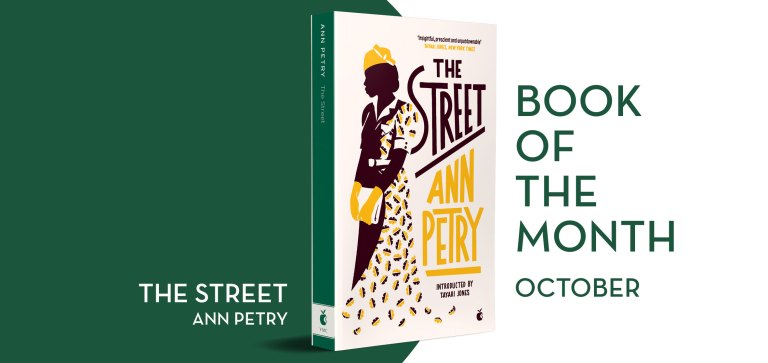Five Things I’ve Learned About Writing Psychological Thrillers by Clare Mackintosh
After having only two published books I can’t claim to be an expert, but I’ve learned a thing or two along the way. Plus, I’ll let you into a little secret: I LET YOU GO and I SEE YOU aren’t the only psychological thrillers I’ve written. Littering the path is another complete thriller and two part-written novels, abandoned at the point it became clear they weren’t working. Nothing teaches you faster than making mistakes. So, for what it’s worth, here’s what I’ve learned about writing psychological thrillers.
1. PLOT YOUR KEY POINTS
You might not be a plotter. You might be a write-by-the-seat-of-your-pants kind of person, who prefers to let the first draft unfold organically. That’s great. But every writer I’ve spoken to has benefitted from taking a step back and considering whether the major plot points – the twists, the reveals, the oh-my-God-no moments – are in the right place. For me, that happens before I start writing; for you, it might be useful at the end of that first draft, when you’re tightening up the structure. Either way, I promise it’s time well spent.
2. GET TO KNOW YOUR CHARACTERS
Never let anyone tell you that a thriller relies on plot over character. It needs both. If we don’t care about your characters it won’t matter one iota what your devious storyline does to them, so spend time working out who they are. Take them on long walks; take them into the shower; take them to bed. Know what they eat, what they wear and what their favourite subject was at school. Know them better than you know your family, and they’ll leap off the page.
3. HOOK YOUR READERS
You’re a reader. You know what it’s like to pick up a book, browse the first page, then put it down again. When you’re writing, think like a reader: if that first chapter – that first page – doesn’t hint at tension and conflict, then you might want to take a second pass at it. Maybe you’re coming into the action too early. Instead, drop us right in the thick of it, and catch us up on the backstory later. If you opt to hook your readers with a dramatic prologue, there should be a reason for it; not just the best bit of your book copied and pasted to the front . . .
4. POV CAN CHANGE EVERYTHING
The first draft of I LET YOU GO lacked emotional depth. Why? Because I’d written it in the third person, when this particular story needed to be told in first person. Switching the point of view (POV) in the second draft changed everything; it put the reader in the protagonist’s head, and made them accomplices in the plot twist. It’s worth writing a few scenes from different POVs to see what impact it has on the story, and on the emotional resonance.
5. KNOW WHEN TO PRESS DELETE
Okay, so ‘delete’ is probably a bit extreme. I don’t delete abandoned works, I file them away. I tell myself it’s ‘just in case’, but the reality is that I’ll never use them. I abandoned them because they weren’t working. For a psychological thriller to stand out in a sea of others, it needs to have something different about it. A unique concept. An unusual setting. Can you describe your work-in-progress in a sentence? The difference between my published novels and my unpublished ones, was that I could. Whether it’s a single scene that isn’t working; a sub-plot; or a whole novel, know when to walk away. The next draft will be better, I promise.
Clare Mackintosh is a Sunday Times bestselling author. Her debut psychological thriller, I LET YOU GO, spent twelve weeks in the top ten and was a Richard & Judy summer read. It has sold more than one million copies worldwide. Her second novel, I SEE YOU, was a number one Sunday Times bestseller, spending ten weeks in the top ten. She is published in 33 countries.
Virago and The Pool’s competition to find a New Crime Writer is open to submissions until 21st May. For full details, and to enter, click here.







